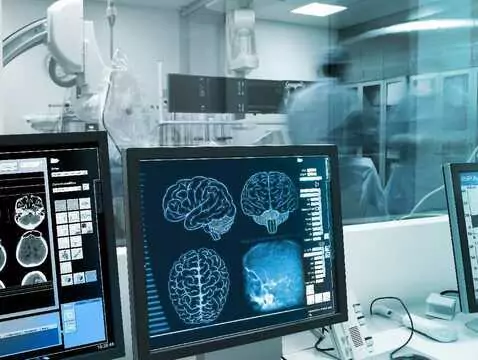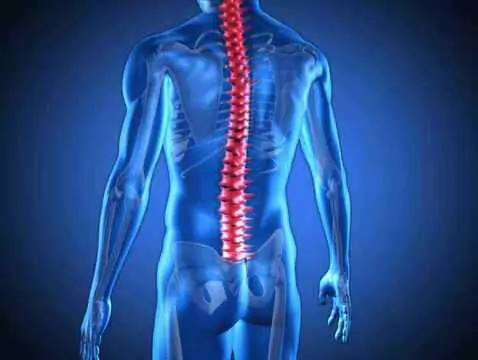Thrombosis of the venous sinuses of thebrain is a relatively rare condition that is classified as a so-called venous stroke. It accounts for up to approximately 1% of all strokes. Recent scientific studies confirm that this problem affects women more often than men. The symptoms of thrombosis are very non-specific, which leads to problems in the clear and rapid diagnosis of the disease. What should we know about venous sinus thrombosis?
Ad:









